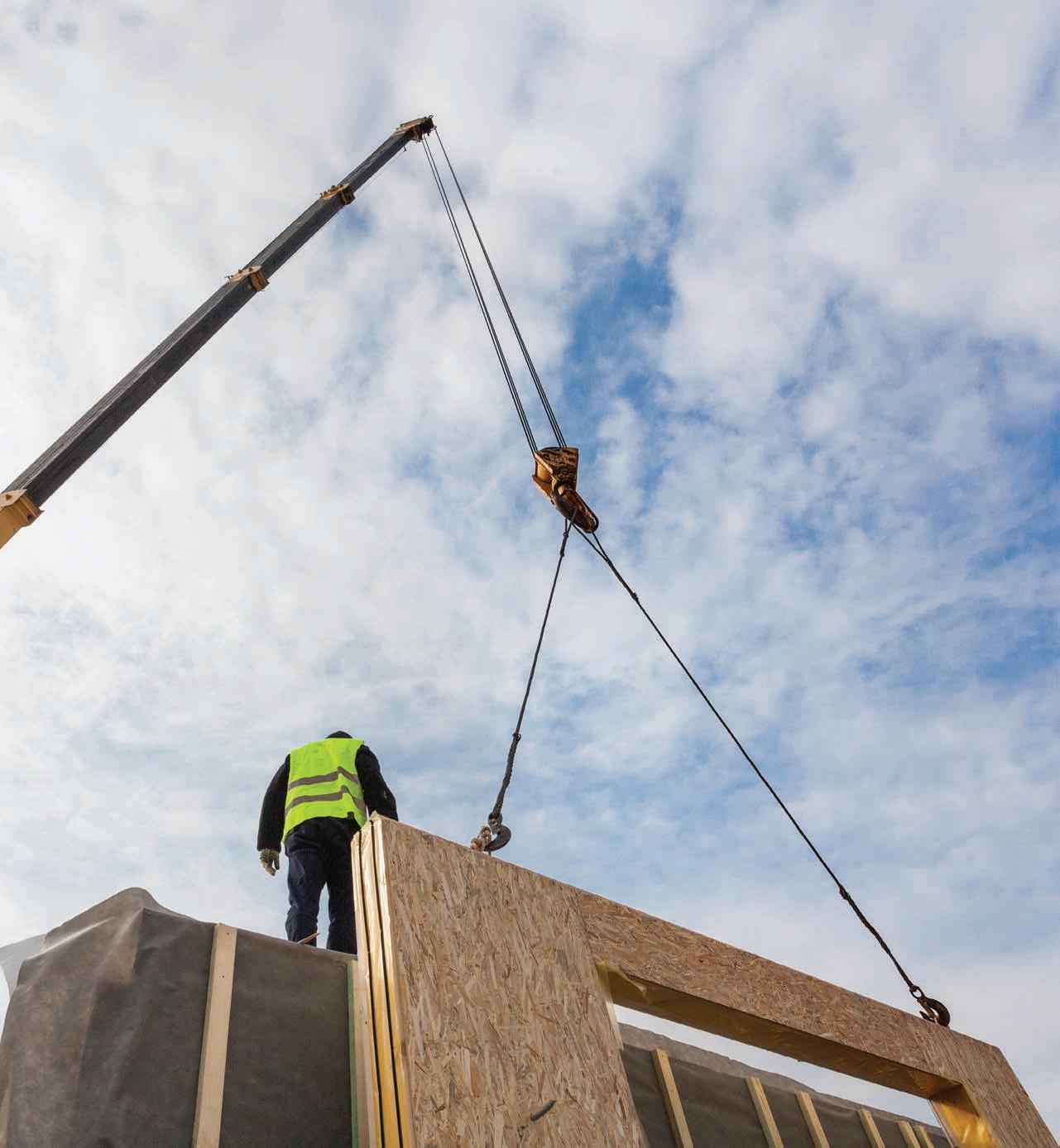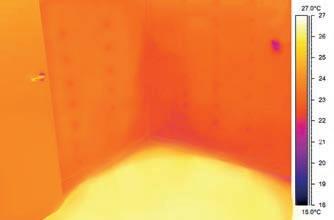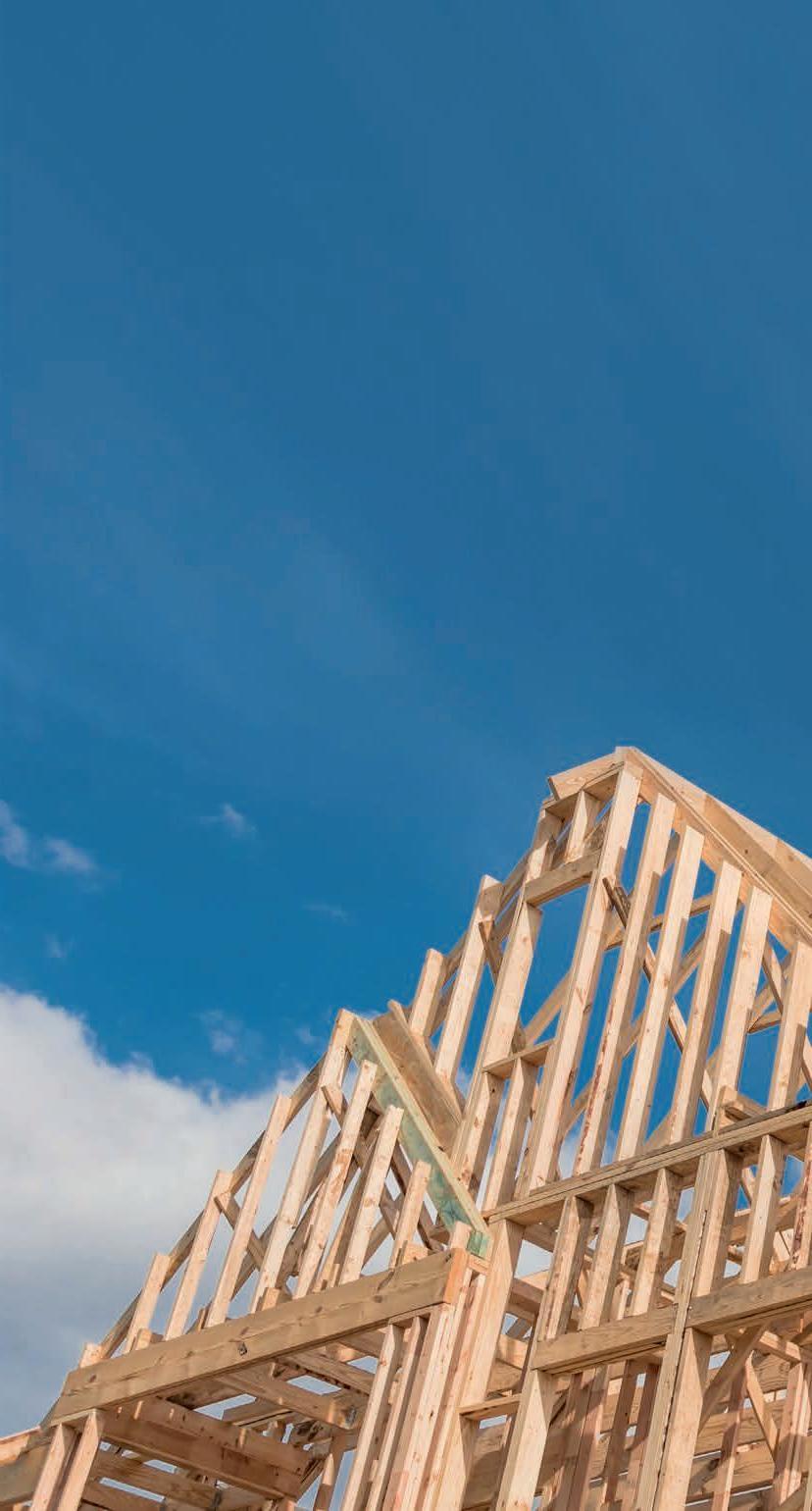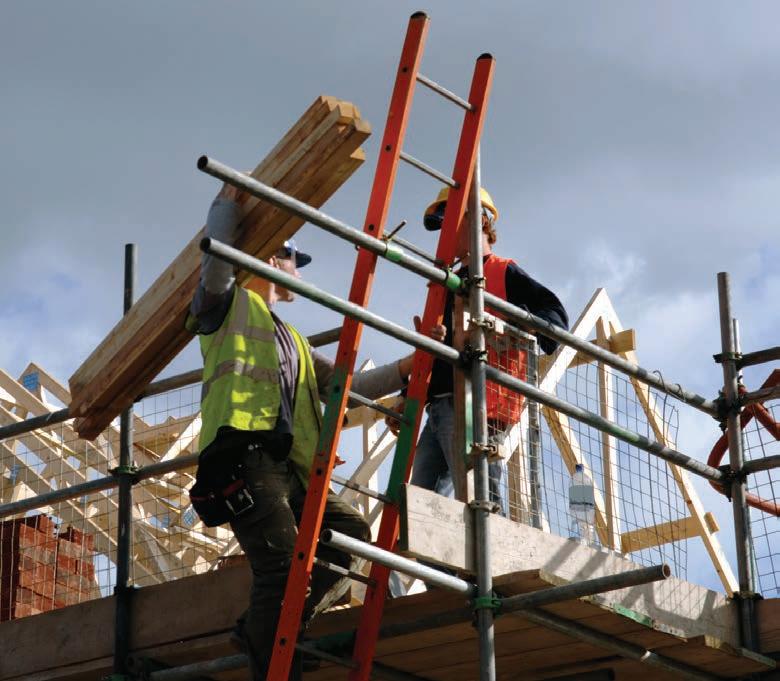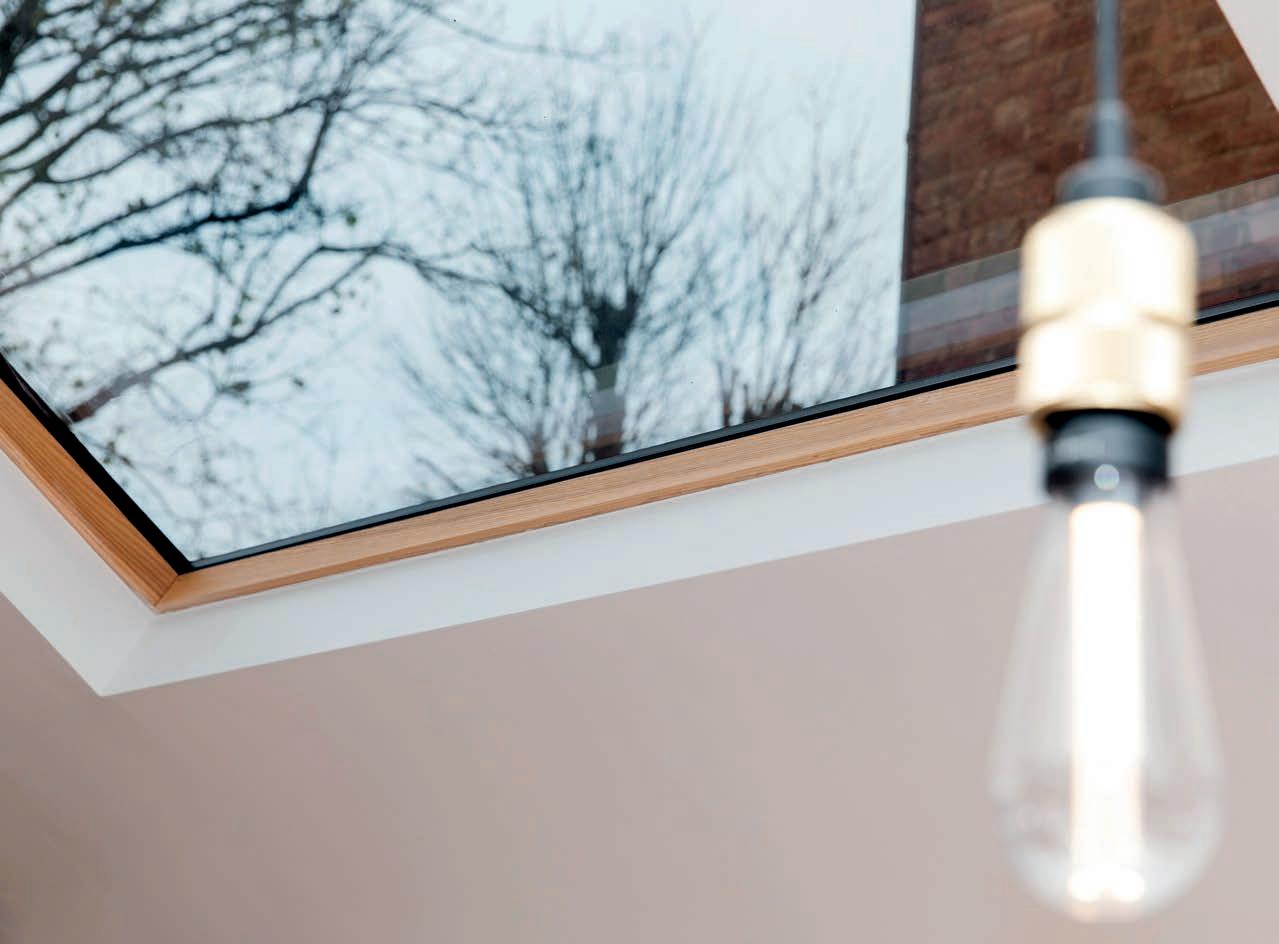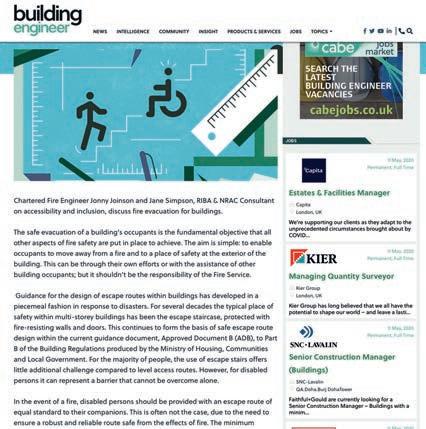INTELLIGENCE
JUNE 2020
Through the roof BUILDING ENGINEER
18
Paul Trace from Stella Rooflight offers guidance on the thermal performance (U-values) of rooflights and what to look out for in the specification process
O
ne of the most important elements of modern building materials is thermal performance, which is primarily understood and measured in terms of heat loss. In the construction industry this is commonly expressed as a U-value (the overall thermal transmittance of a product) or an R-value (the thermal transmittance of a system or a discrete product in a system). U-value calculations will invariably be required early on in the building strategy stage as they provide an indication as to how much heat loss a building is likely to suffer upon completion. The products used in the build are normally required to be tested and a figure for each component given. One example of where this is an essential requirement is rooflights. Thermal transmittance (U-value) is measured in units of W/m²K, which stands for Watts per metre square Kelvin. The lower the U-value the more efficient the construction is at keeping heat flow through the structure to a minimum. It is worth noting that it’s not just the building materials and products that have an impact on the thermal performance of a building, as both workmanship and installation
18-19 Rooflights.indd 18
standards can strongly affect the thermal transmittance. If insulation is fitted poorly, with gaps and cold bridges, then the thermal transmittance can be considerably higher than desired, no matter how good the individual products are. Thermal transmittance (R-value) takes heat loss due to conduction, convection and radiation into account. The amount of heat conducted through a material of a given volume in a unit of time – i.e. the rate of conduction – is why the units are measured as W/K. There are guidelines in the UK, set out in Building Regulations Approved Document Part L (Conservation of Fuel and Power), which give the maximum U-value that materials and structures are allowed to have in a range of buildings, including domestic properties. It sets a national standard to ensure that homes must be built to a certain performance
level of energy efficiency for both the reduction of carbon emissions and the reduction of residents’ heating bills.
A true reading? A U-value is one of the most difficult thermal measurements to calculate, so it is important that any figures are produced using reliable software from a bona fide source. When it comes to rooflight suppliers providing U-value figures for their products, we all want the lowest possible number to prove that our rooflights give the best thermal performance, which ultimately reduces heat loss for our customers. In the rush to be the best, it is not inconceivable that figures get a little massaged. It is always best to ask for a copy of the test performance report to ensure that a) the figures are genuine and b) that the figures were produced in the correct way.
“U-value calculations provide an indication as to how much heat loss a building is likely to suffer upon completion”
18/05/2020 11:03




